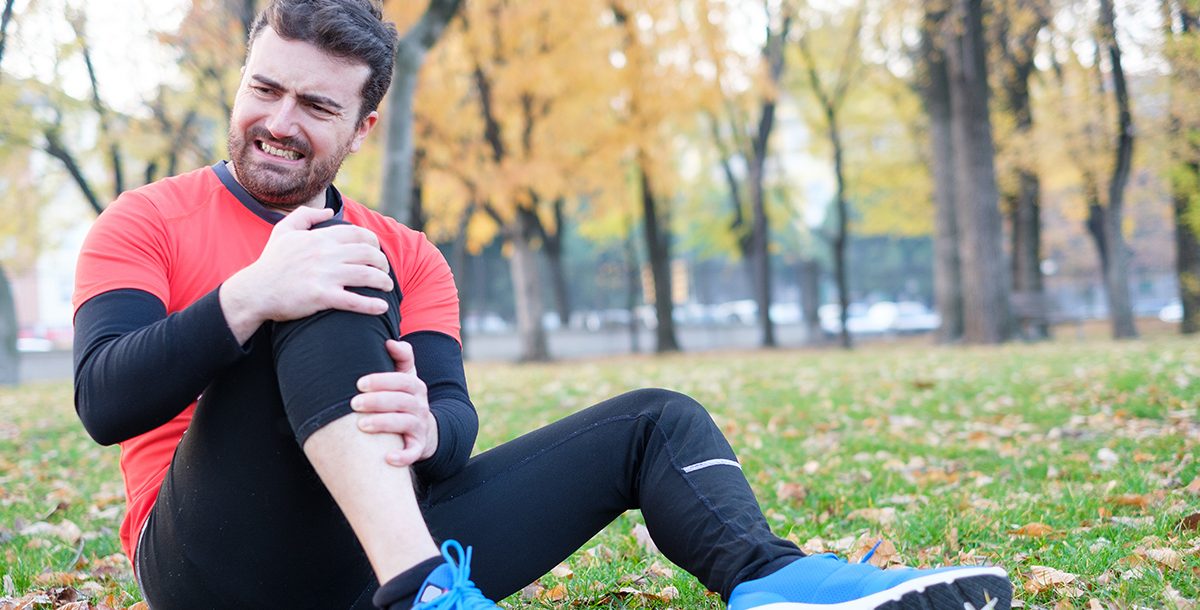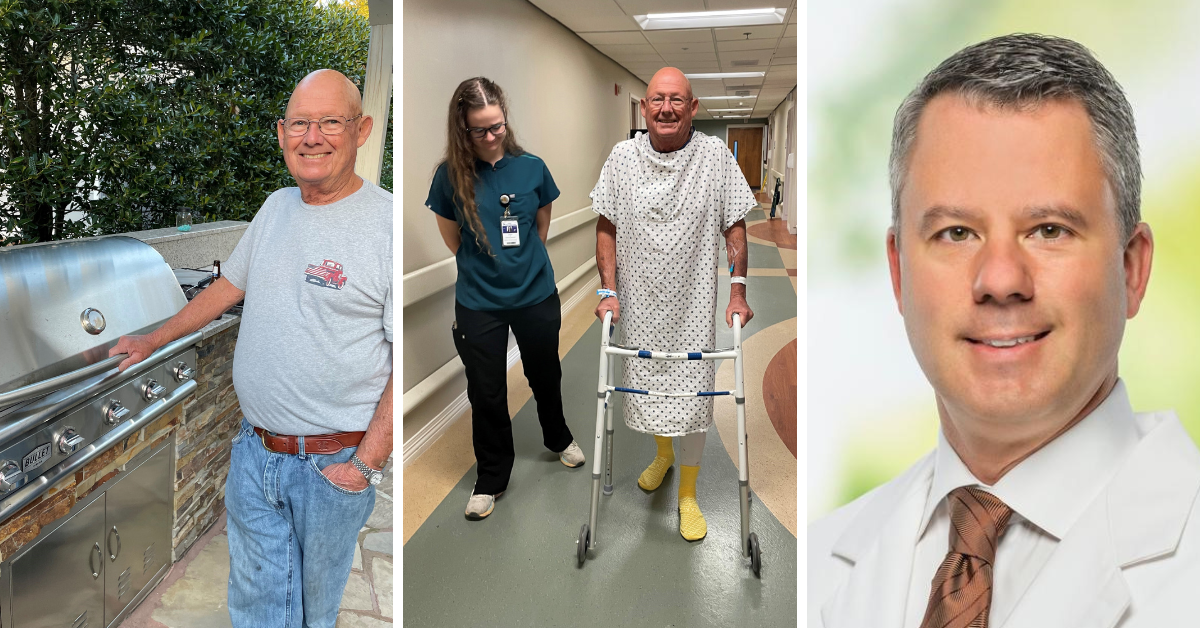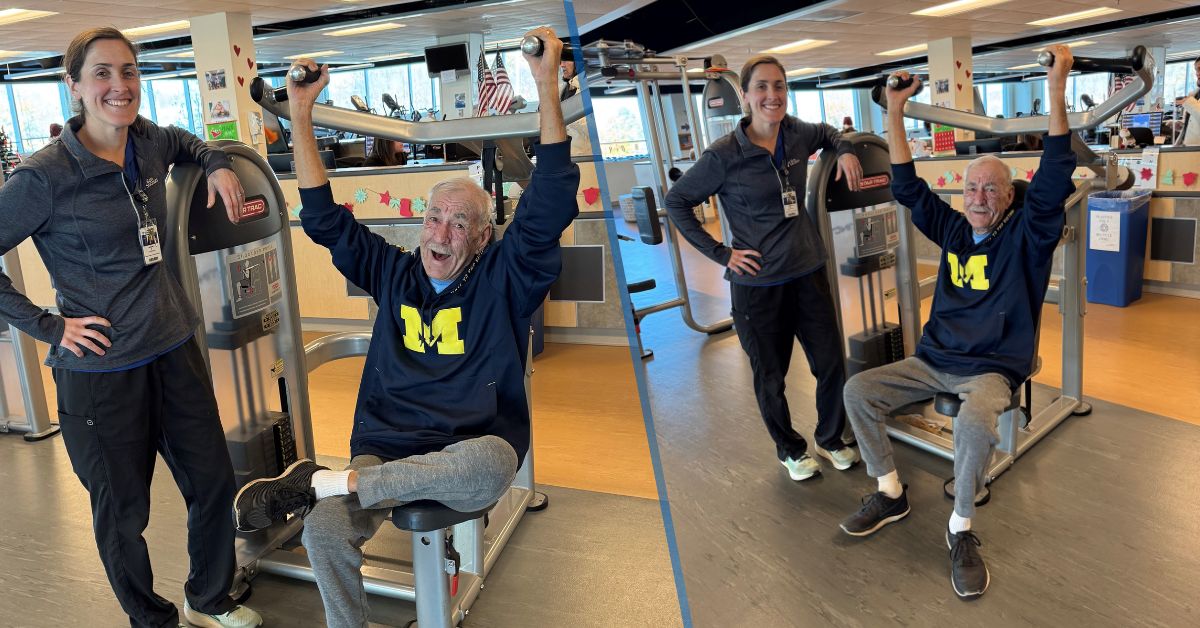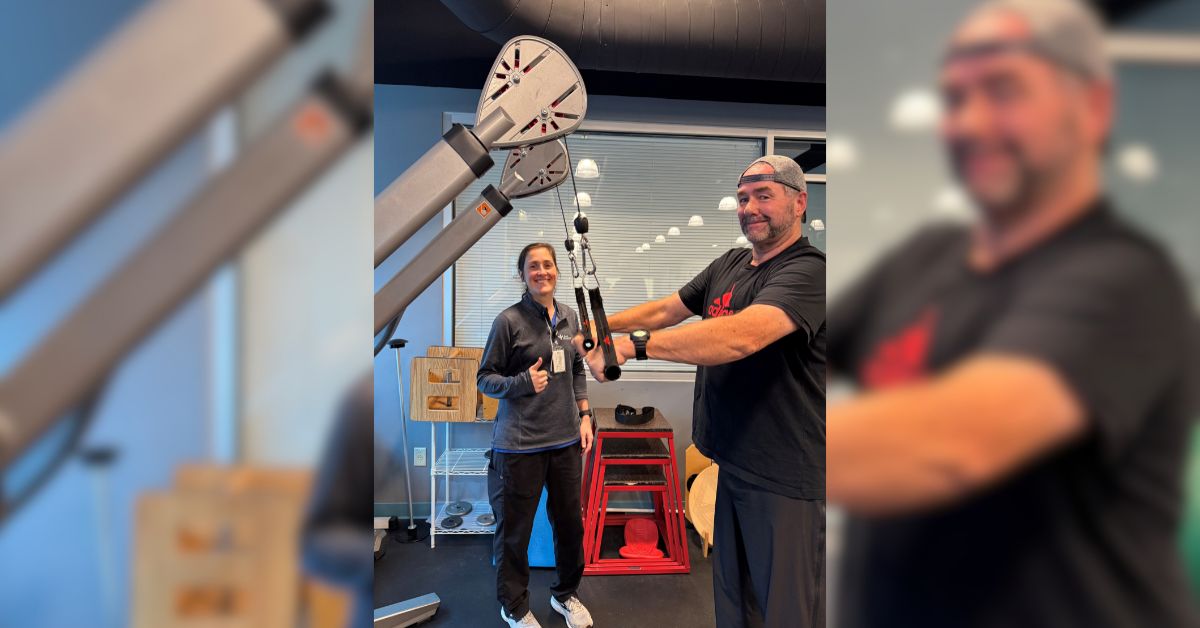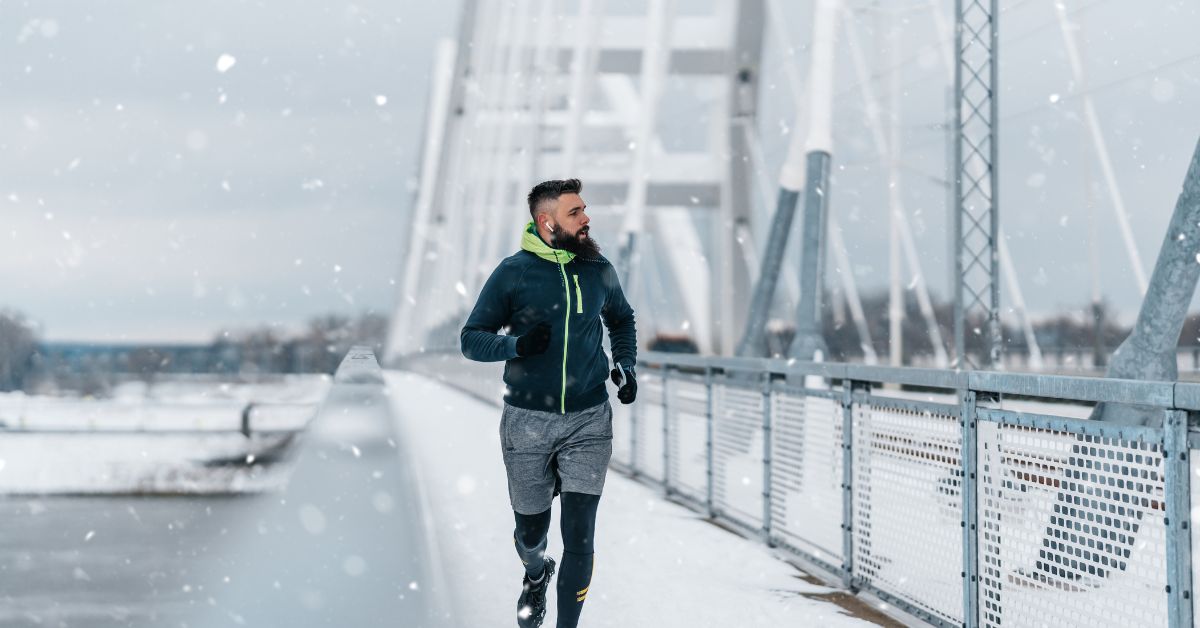There are an increasing number of links between weather and increased joint pain, especially cold weather. As the air turns colder, you may wonder, “Why do my joints hurt when it’s cold?”
While the answer varies from person to person, proper care throughout the year can prevent and alleviate aches and pains.
Causes of joint pain
Joint aches and pains happen for many people all year round, so why do others feel more pain in cold weather? There are multiple explanations for why joints hurt in the cold, but there is no definitive answer since it varies.
Cold weather causes decreased circulation, which can cause muscles and tendons to contract, increasing the stiffness as joints move. It is also worth noting that many people stay indoors more and are not as active as they may have been in the warmer months.
Is barometric pressure a cause of increased joint pain?
Research and studies show that low barometric pressure associated with cold weather may be a key factor in increased joint pain. Joints are believed to be able to “feel” changes in air pressure and stiffen as tendons, scar tissue and joint fluid, also called synovial fluid, expand and contract. Because of the expansion and contraction, blood flow and nerve sensitivity can occur, contributing to aches and pains.
How to prevent joint pain
If you know you have stiff joints or have had problems with cold weather in the past, taking steps to prevent joint pain from occurring at all is important. These steps can be as simple as staying active, eating a well-balanced diet and dressing in layers on cold days.
It’s also important in cold and warm months to do exercises to target your quadriceps, such as walking on a treadmill or yoga, which can increase your joint strength without much strain.
How can I relieve joint pain in cold weather?
If this is the first time you’ve experienced joint pain due to cold weather or couldn’t prevent it, here are a few strategies to reduce joint pain:
- Avoid heavy lifting or other strain on your joints.
- Consult your doctor about pain medication.
- Swap outdoor exercises for indoor workouts.
- Stay warm at home and outside.
- Use a heating pad or paraffin bath on aching joints.
Prevention is key, but when you can’t prevent it, find ways to soothe your joints so pain doesn’t worsen.
People with arthritis
People with arthritis, chronic joint pain and other underlying health conditions are far more likely to feel joint stiffness as the weather turns colder because lower temperatures can cause tendons and cartilage to contract. This stiffness, mixed with higher pain sensitivity in the winter, can easily exacerbate joint pain in people who already feel it day to day.
If you feel like your arthritis is worsening in the cold months, it may be time to consult your doctor, especially if there is new pain.
When should I see a physical therapist?
If joint pain is sustained, getting worse or preventing you from daily activities and none of the solutions that you and your doctor have discussed seem to be working, it might be time to talk about seeing a physical therapist. Physical therapy is a great way to strengthen, identify and prevent joint pain, especially if you have an underlying health condition like arthritis.
Sometimes, your doctor may refer you to a sports medicine doctor. And while you may not be playing any sports, seeing a sports medicine doctor for joint pain or arthritis may be beneficial.
Since sports medicine specialists focus on body mechanics and movement that increase mobility and decrease bodily injury, they are a great resource for building strength, soothing pain and preventing further injury. Seeing a specialist can give you the strength and conditioning you need to prevent joint pain, especially in cold weather.
Take care of your joints this winter
When cold weather is just around the corner, it is important to take action now to prevent joint aches and pains. Remember to strengthen your joints, keep active, eat healthy and be patient with yourself if your joints begin to hurt. There are many steps that you can take to find joint pain relief, even in the winter.
If you find yourself experiencing joint pain in the winter or any other time, it may be time to see a provider. Starting with your primary care provider allows them to get a baseline in order to best inform you of your treatment plan or whether you need a referral to a specialist.
Learn more about the orthopedics and sports medicine services we offer at Bon Secours.

